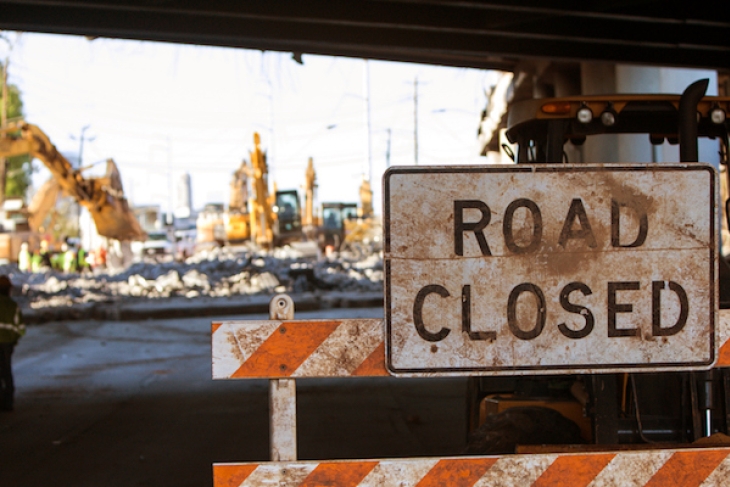At first blush, high school would seem to be the part of K–12 education where choice should work best—and do the most good. Students are older, more mobile, more independent, with ideas of their own, often beginning to think about the directions they may take in life as adults. High school, moreover, is where it makes the most sense for schools to differ from one another, with college prep here, career and technical education there, an early college high school across town, an “exam school” not too far away, an International Baccalaureate school just a couple of miles distant, and more.
High school also tends to be where districts are most amenable to choice. Look at New York City, where every one of the 400+ high school programs enrolls students by choice, and where every eighth grader is expected to rank-order his or her choices among those programs.
Look also at this from a study of choice in the Chicago Public Schools (CPS): “[M]any CPS high school students opt to attend a school other than their default neighborhood high school. In 2002, the first year of our data, 51 percent of first-time ninth-grade students opted out of their attendance-area high schools…. By 2016, 75 percent of ninth-graders chose to attend a school other than their assigned neighborhood high school.”
Consider, too, the array of dozens and dozens of high-school options available in the Houston Independent School District—and that’s without even getting to the city’s many dozens of charter schools-of-choice that are independent of HISD.
Yet despite all that, the effective use of choice at the high-school level in the United States is cramped and crimped in at least seven ways.
First, size and geography. High schools tend to be big, and there are fewer of them than of elementary and middle schools, meaning that there are simply not as many in a given area to choose among.
Second, our tradition of “comprehensive” high schools, dating back to James B. Conant and the 1950’s, remains strong in many places. There are often choices within individual schools—programs, elective courses, honors courses, even remnants (by another name usually) of “tracks”—but when it comes to choosing among schools, most resemble each other in more ways than they differ.
Third, the myriad obstacles to high school reform in general mean that, even where the machinery of school choice is operating and options exist on paper, in many places the available choices just aren’t very good—so why bother? Access to the really good school is often restricted in various ways: admissions prerequisites, lotteries, exams, etc. And our continuing obsession with “college for all” means that heading in a different direction during high school takes vision and guts.
Fourth, due to the mediocrity of far too many middle schools, particularly in disadvantaged communities, far too many fourteen-year-olds are barely prepared for a serious high school education, regardless of the choices at hand. They already need remediating. Which also means that many of the really good high schools don’t much want those kids.
Fifth, the advising available to high-school choosers is usually awful. Middle school counselors are few and generally swamped. Districts publish information about high school choices, but often it’s unwieldy, technical, or otherwise hard to access and understand. Unless one has sophisticated navigators by one’s side—and poor and minority kids often don’t, nor do recent arrivals on U.S. shores—kids are left on their own to make sense out of the choices that may (or may not) be available to them. Plus, these are teenagers who may not be willing to seek or accept advice from grownups.
Sixth, as we learned from Amanda Ripley, American teenagers don’t necessarily view high school as a place for serious study. If they’re looking for sports, friends, extracurriculars, parties, and freedom, the basis on which they will select their schools isn’t exactly what the architects of school-choice policies have in mind. What’s more, many teens have out-of-school obligations—jobs, family, kids of their own, other programs that they take part in—that both restrict their school options and further alter their priorities.
Seventh, and finally, while online schools and courses ought to liberate high-school-age students in particular to partake of innumerable education choices at times and places that suit them—they’re more able to manage their time, to be left alone, less in need of constant adult supervision—America’s experience with “virtual schooling” has to date been mixed, to put it kindly. Yes, there are terrific course-level options available, but these are more by way of supplementing the school’s offerings than affording wholesale quality alternatives to whatever brick-and-mortar high school options are within striking distance.
Huge potential, yes—but so far high-school-level choice is a promise largely unfulfilled, even as more and more young people appear to be taking part in it.

